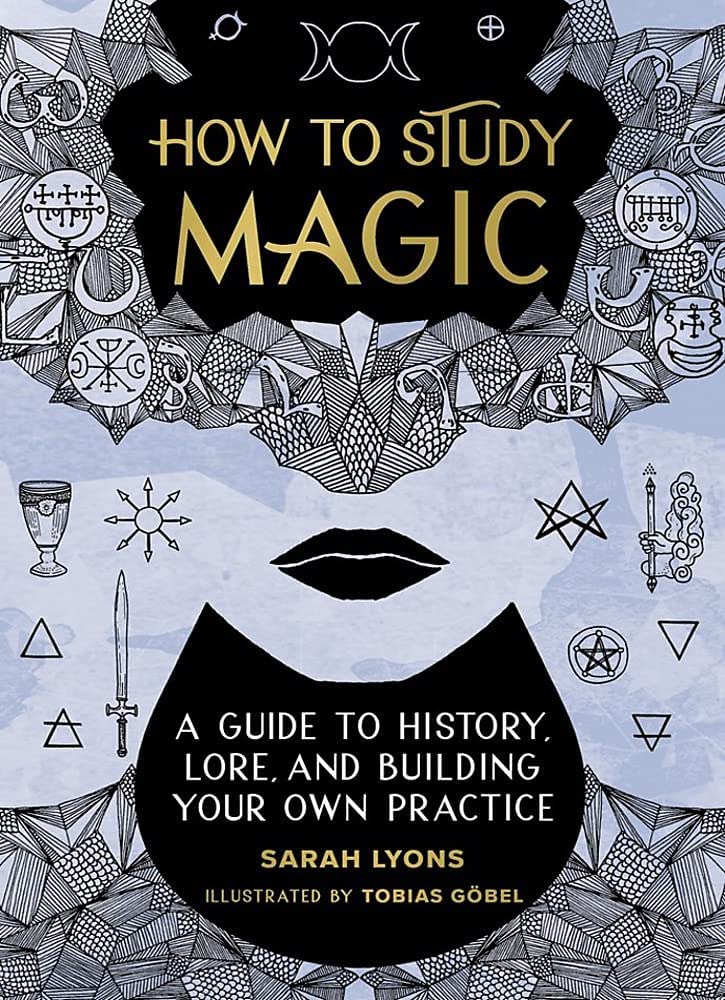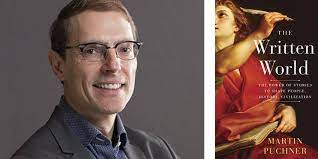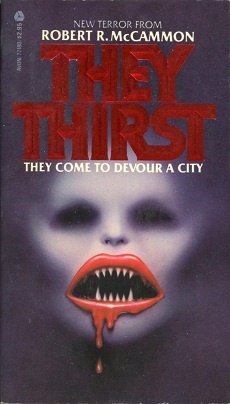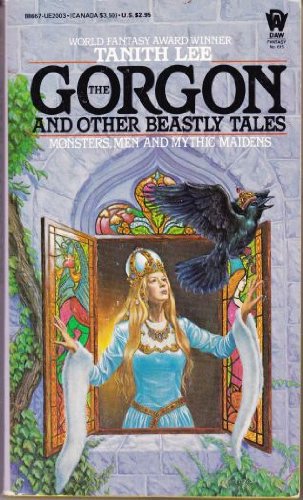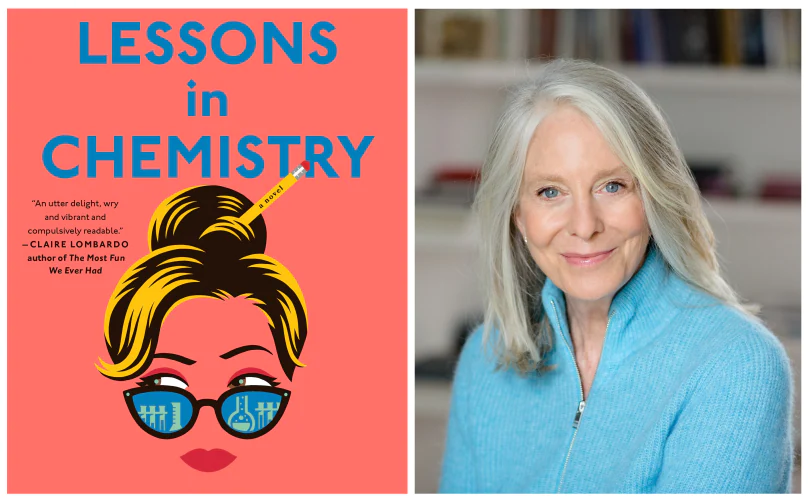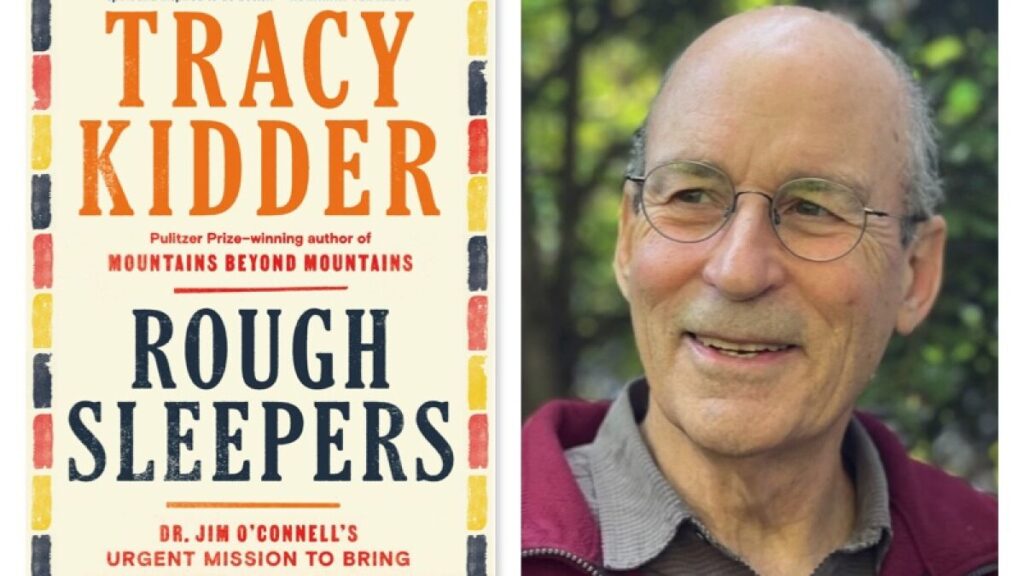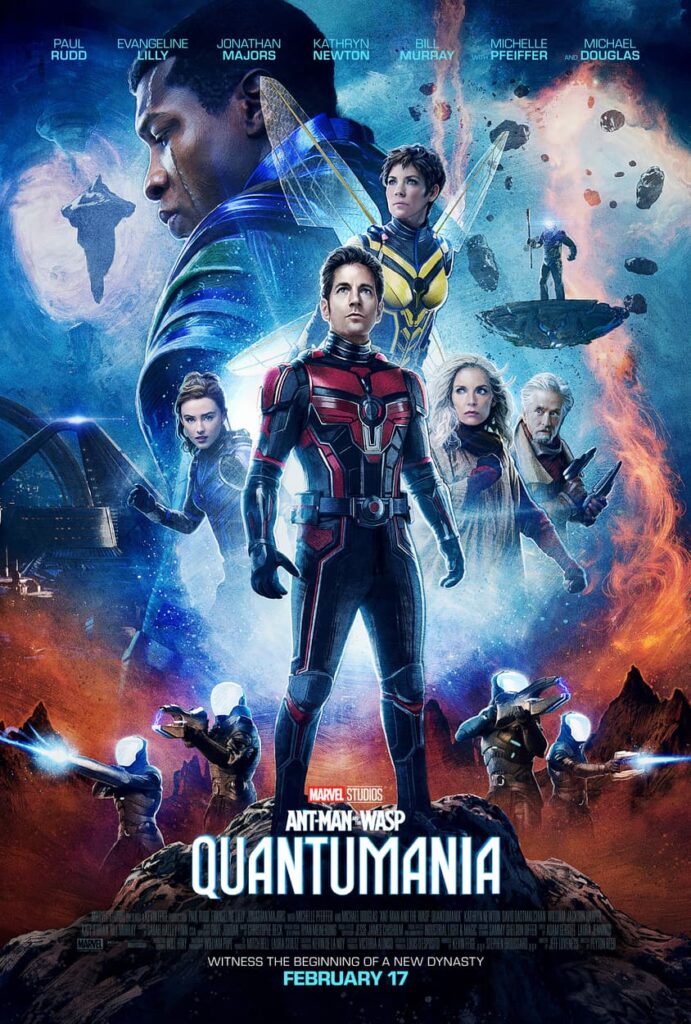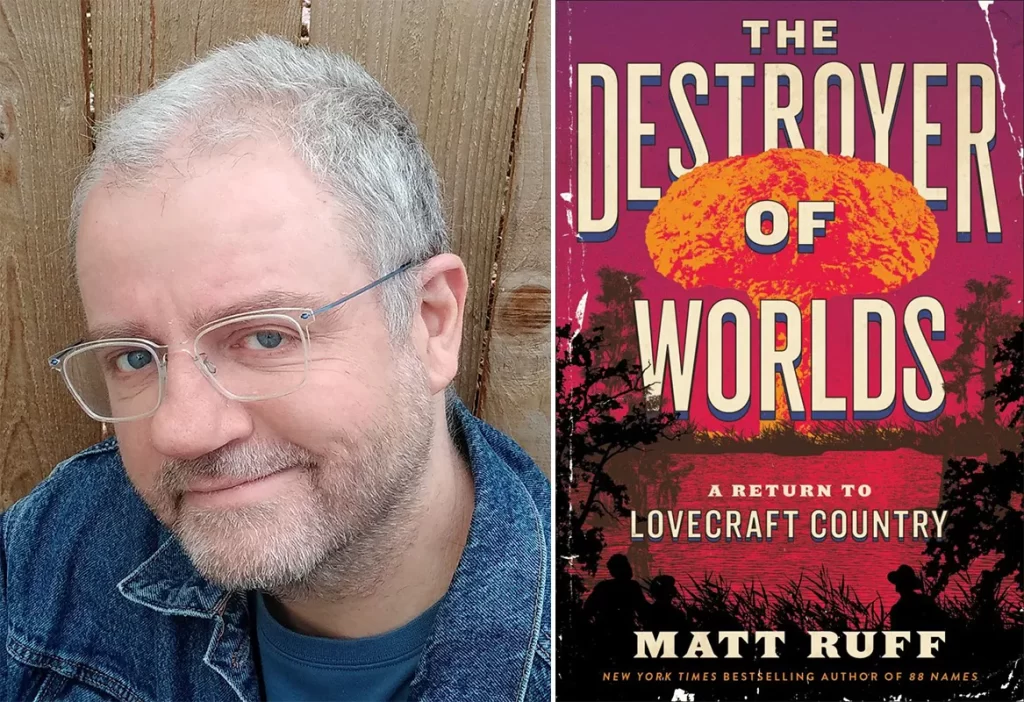
I read Matt Ruff’s Lovecraft Country back in 2016 (you can read my review here) and watched the HBO series based on Lovecraft Country (you can read my review of that series here). Now, Ruff returns with a sequel to Lovecraft Country and a promise of several more books chronicling the Turner and Dandridge families in the late 1950s as they confront racism…and Lovecraftian weirdness.
The Destroyer of Worlds opens in 1957 with Chicago’s Turner and Dandridge families once again menaced by alien forces. Atticus Turner and his taciturn father, Montrose, are in Virginia looking for evidence of their Black slave ancestors when they find they’re suddenly under attack by a White Supremacist they faced in Massachusetts in Lovecraft Country. The chase is on!
Hippolyta Berry, Atticus’s aunt and the most scientifically minded family member, is in Las Vegas with her moody 15-year-old son, Horace, and good friend Letitia Dandridge. What is supposed to be a vacation instead turns out to be a delivery of a rare object to sinister pawnbroker who holds the keys to a device able to transport people from Earth to any place in the galaxy.
George Berry, who has been diagnosed with terminal cancer, makes a Faustian bargain with the ghost of Hiram Winthrop, the brilliant, malevolent scientist from Lovecraft Country who promises to provide George with a cure for his cancer…if George can find a cadaver for Winthrop.
Ruby Dandridge, Letitia’s sister, who has the power to turn herself into a redheaded White woman named Hillary Hyde, faces the prospect that her supply of potions enabling her transformation may run out.
These are just a few of the storylines Matt Ruff weaves into The Destroyer of Worlds. I enjoyed this sequel as much as I enjoyed Lovecraft Country. And, I can’t wait for more books in this series to be published. My only minor quibble is that I would like MORE Lovercraft elements in these books. GRADE: B+
